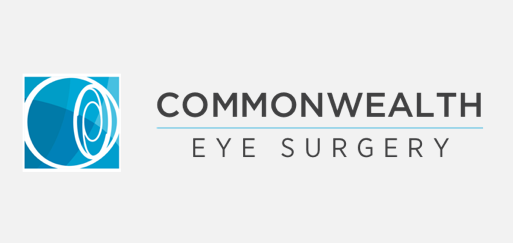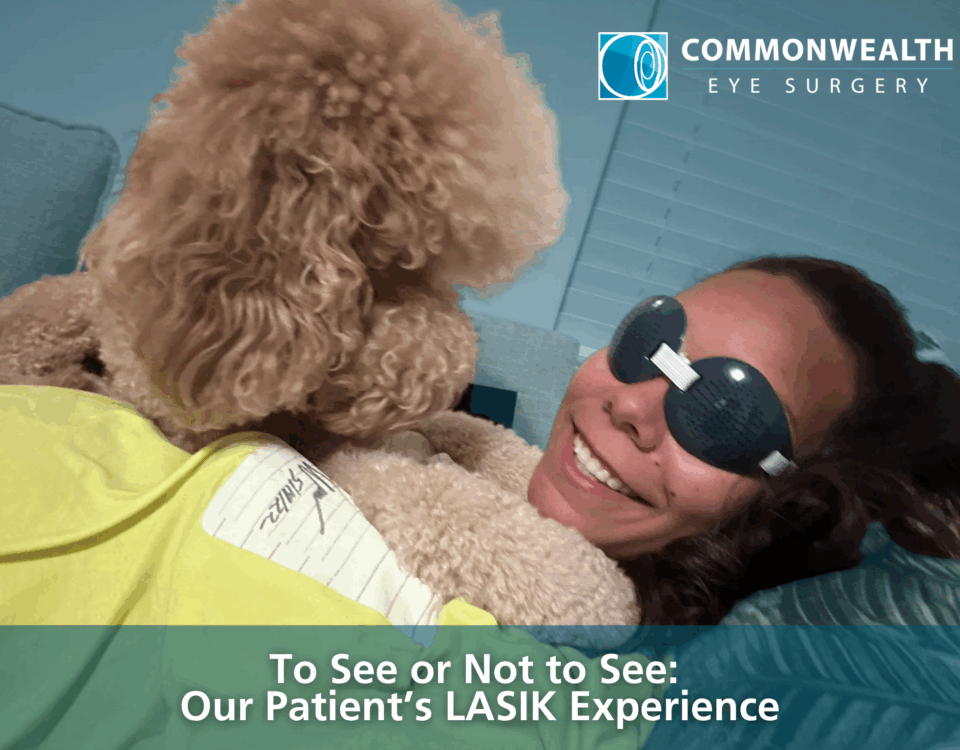
The Facts about Cataracts: Myth vs. Fact
August 6, 2013
What Happens When You’re Not a Candidate for LASIK?
August 23, 2013Glaucoma is often thought of as a vision thief—sneaking up and destroying eyesight with little to no warning. That’s why it’s important to be aware of the risk factors now.
Some people are at greater risk for glaucoma and should get regular glaucoma testing. Some risk factors for glaucoma include:
- Age (Over 45)
- Family history of glaucoma
- African American, Asian or Hispanic ancestry
- Elevated eye pressure
- Farsightedness or nearsightedness
- Eye injury
- Low blood pressure
- Conditions that impact circulation like diabetes.
There are several forms of glaucoma; the two most common forms are primary open-angle glaucoma (POAG) and angle-closure glaucoma (ACG).
Angle-closure glaucoma develops very quickly and requires immediate medical attention. In contrast with open-angle glaucoma, symptoms of acute angle-closure glaucoma are noticeable but damage happens fast. If you experience any of these symptoms, seek immediate care from an ophthalmologist.
Symptoms of Angle-Closure Glaucoma
- Hazy or blurred vision
- Rainbow-like circles around bright lights
- Severe eye and head pain
- Nausea or vomiting (with severe eye pain)
- Sudden vision loss




